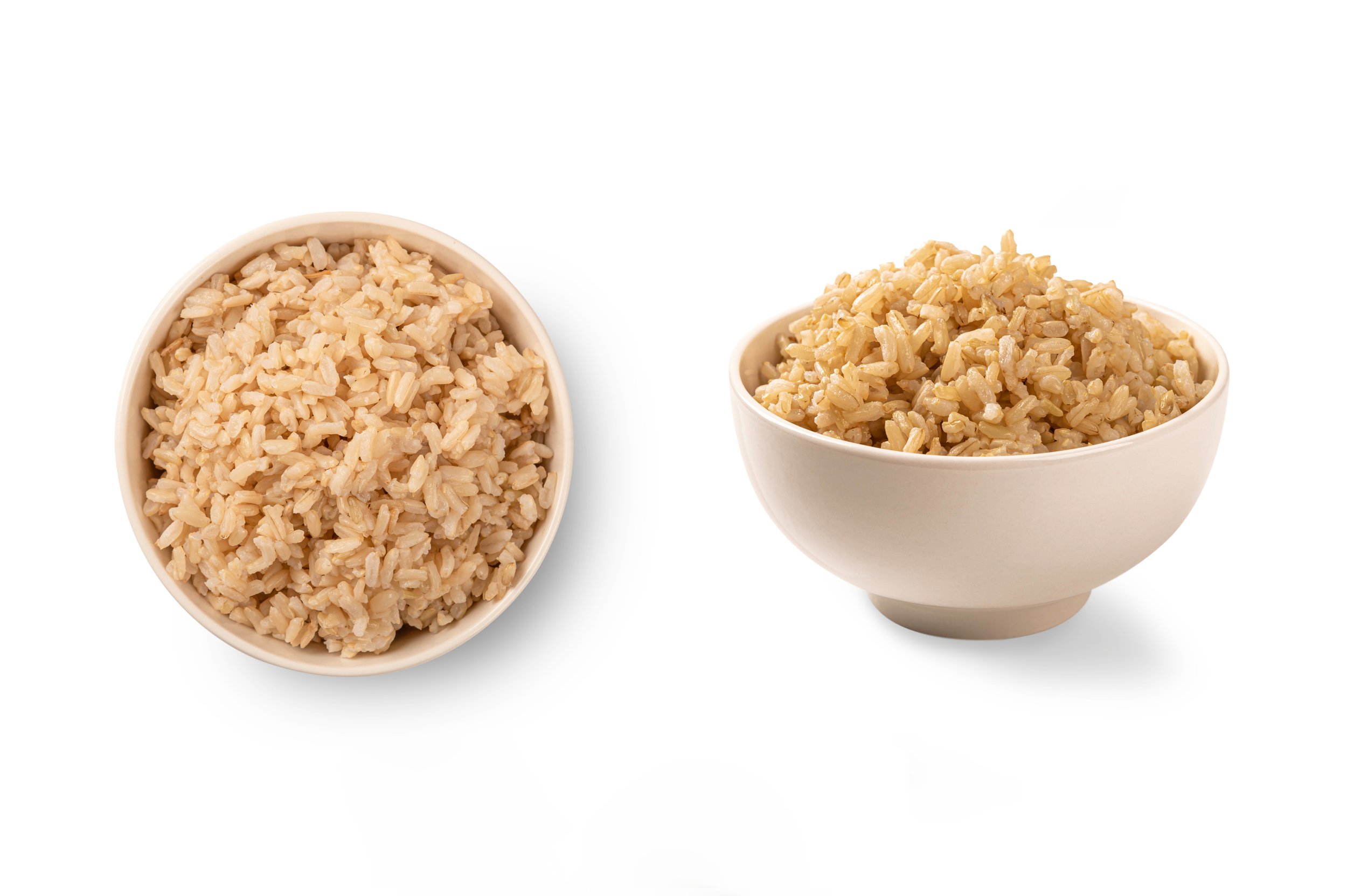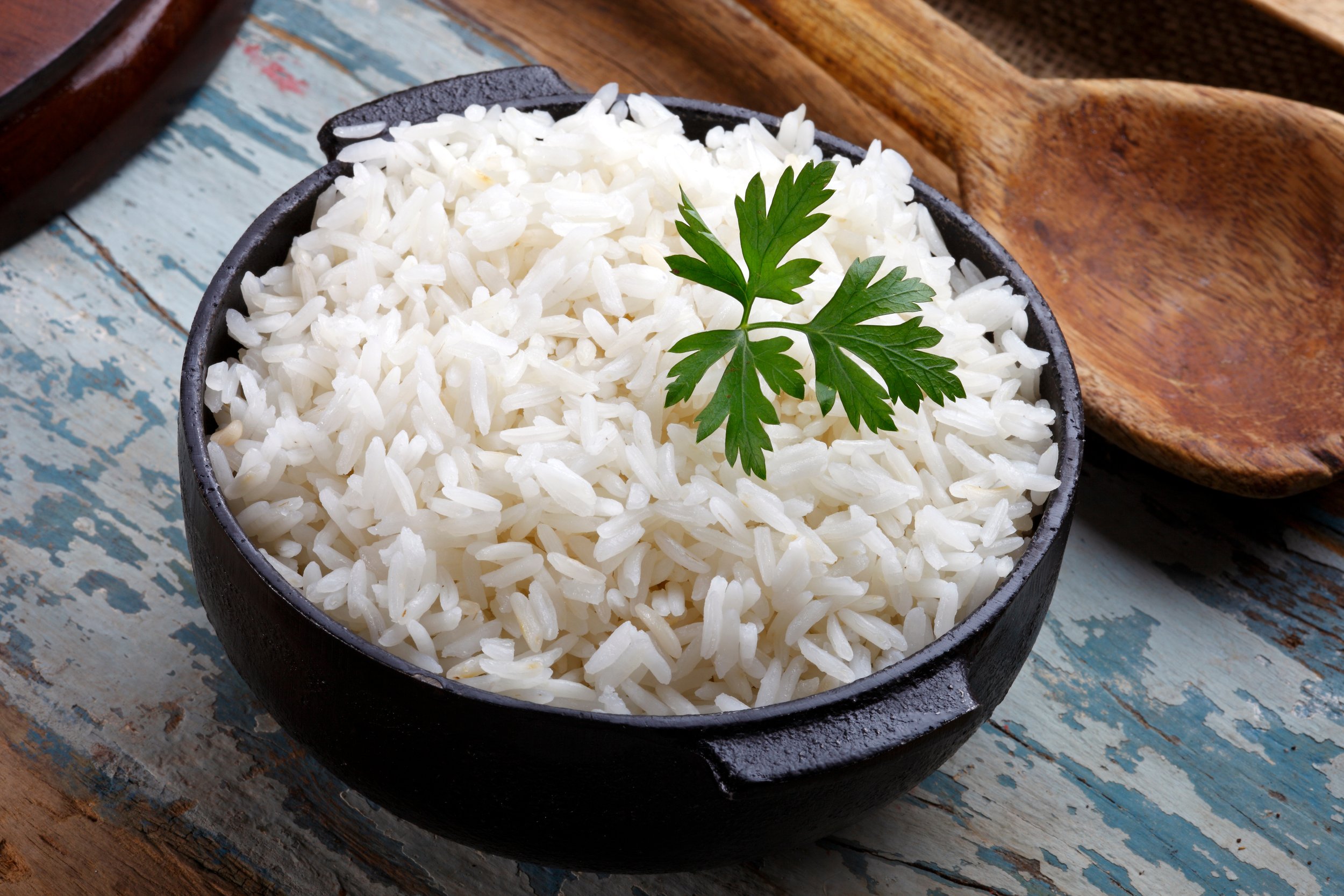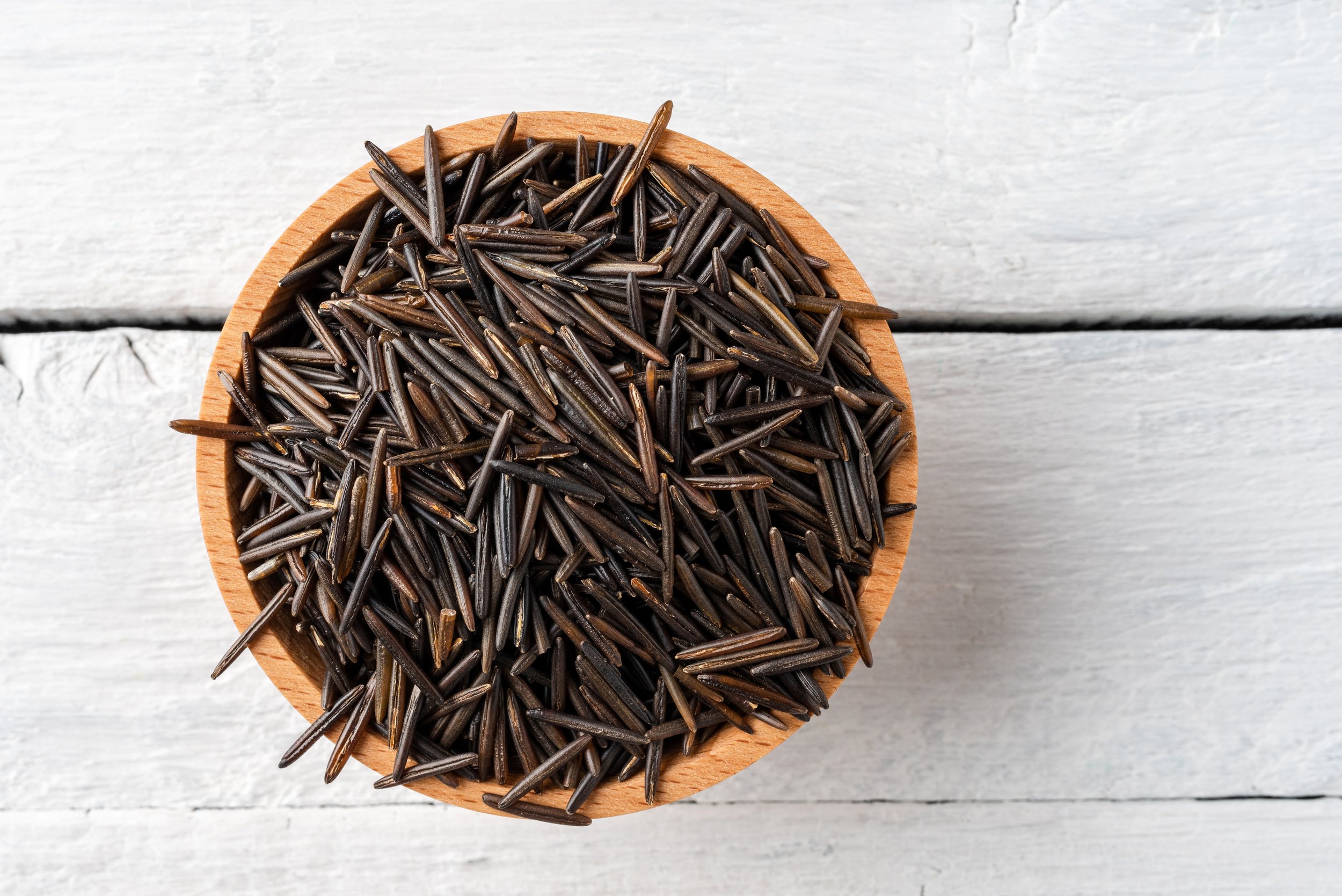The Rice Rundown: Does One Type of Rice Rule Them All?
Rice is a staple food for millions of people around the world, and it comes in a variety of forms. From aromatic basmati to sticky glutinous rice and brown rice to wild rice, the world of rice offers a plethora of choices. But did you know that different types of rice can have varying impacts on your health and fitness goals? In this blog post, we'll explore the differences in health and fitness benefits of various rice varieties.
Brown Rice: The Nutrient Powerhouse
Brown rice is often hailed as the healthiest option when it comes to rice varieties. This is for a few reasons.. Unlike white rice, brown rice retains its bran and germ layers, making it a whole grain. This means it contains more essential nutrients, such as fiber, vitamins, and minerals. Here's how brown rice can benefit your health and fitness:
Fiber: Brown rice is a great source of dietary fiber, which aids in digestion, helps maintain a feeling of fullness, and can contribute to weight management.
Nutrient Density: It contains essential nutrients like magnesium, manganese, and B vitamins that are important for overall health and energy production.
Weight Management: The fiber in brown rice can help regulate blood sugar levels, making it a valuable addition to a balanced diet for weight management.
White Rice: A Quick Energy Source
White rice is one of the most widely consumed types of rice, especially in Asian cuisines. While it has a lower nutrient profile compared to brown rice, it still has a place in a well-balanced diet.
Here's how white rice can contribute to your health and fitness:
Quick Energy: White rice is easily digestible and provides a quick source of energy. This makes it a good choice for athletes or anyone looking for a fast energy boost before or after a workout.
Lower Fat Content: White rice is naturally low in fat, which can be beneficial for those on a low-fat diet.
Basmati Rice: The Aromatic Choice
Basmati rice is famous for its pleasant aroma and long grains. It is commonly used in Indian and Middle Eastern dishes. While it's not as nutrient-dense as brown rice, it offers some unique health and fitness benefits:
Low Glycemic Index: Basmati rice has a lower glycemic index compared to many other types of rice, which means it has a slower impact on blood sugar levels, making it a suitable option for individuals with diabetes.
Aromatic Flavor: The fragrant aroma of basmati rice can enhance the overall dining experience, encouraging mindful eating and savoring your meal.
Wild Rice: The Nutrient-Packed Alternative
Wild rice, despite its name, is not actually a true rice but a grass seed. It is known for its earthy flavor and distinctive appearance. Here's how wild rice can benefit your health and fitness:
Higher Protein Content: Wild rice has more protein than most other rice varieties, making it a valuable choice for vegetarians and vegans looking to increase their protein intake. However, it is NOT a great protein source compared the other animal and vegetable based proteins. I’m just outlining the fact that wild rice has MORE protein than most other types of rice.
Rich in Antioxidants: It is packed with antioxidants, such as anthocyanins, which can help protect your cells from oxidative damage.
The type of rice you choose can significantly impact your health and fitness goals. While brown rice is often the preferred choice for its nutrient density, white rice, basmati rice, and wild rice each offer unique benefits. Ultimately, the best rice for you depends on your individual dietary needs and preferences. A well-balanced diet that includes a variety of foods is key to maintaining good health and achieving your fitness goals. So, whether you're craving a comforting bowl of brown rice or a fragrant dish of basmati rice, enjoy your rice while keeping your health and fitness in mind.



